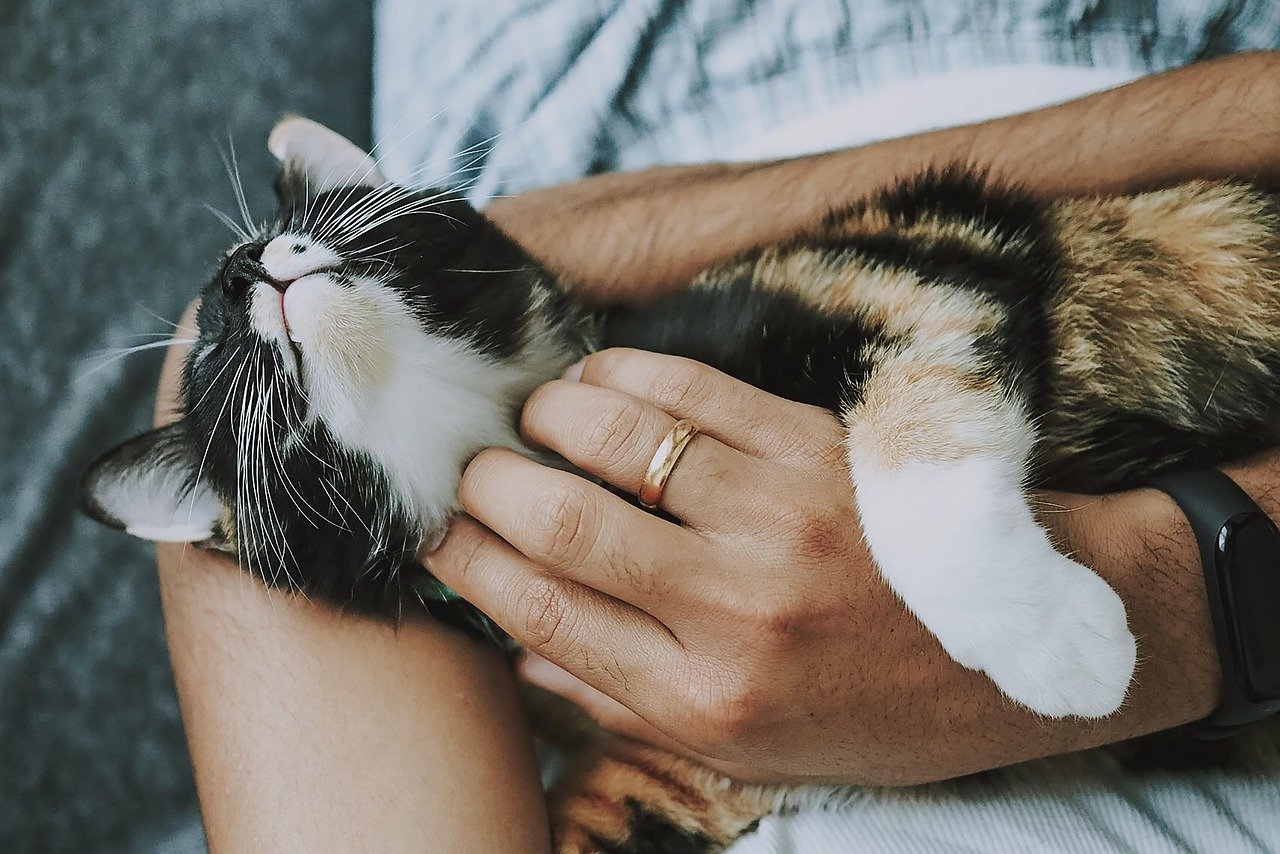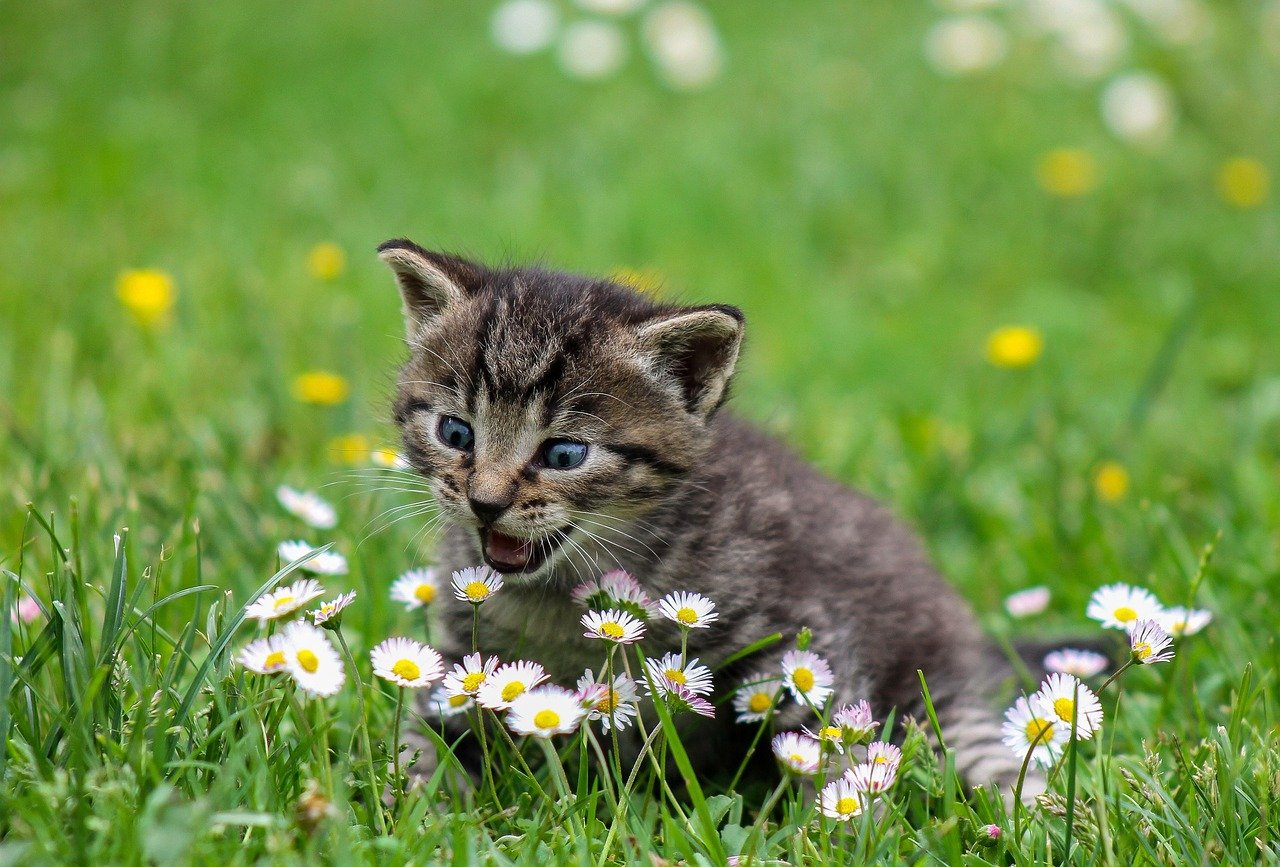The bond between humans and cats is unique, and nowhere is this more evident than in the relationships formed with rescued cats. Having been through challenging situations, these felines often exhibit particular emotional patterns as they adjust to their new environments. Understanding these patterns can help you provide a nurturing and supportive home for your furry companion. Let’s delve into the seven emotional patterns commonly seen in rescued cats.
Fearfulness and Timidity
Rescued cats frequently display fearfulness and timidity, especially when first introduced to a new environment. Their past experiences, which may include abandonment or neglect, can leave them wary of new surroundings and people. A sudden noise or unfamiliar object might cause them to hide or freeze. To help them overcome this fear, it’s essential to create a safe and calm environment. Gradual exposure to new experiences, paired with positive reinforcement, can encourage them to feel more at ease. Think of it like gently coaxing a shy child to join a group of new friends.
Attachment and Clinginess

On the flip side of fear, rescued cats can develop an intense attachment to their new caregivers. Having experienced loss, they may cling to their new owners as a source of security and comfort. This may manifest as following you from room to room or vocalizing when they can’t find you. While this attachment can be heartwarming, it’s crucial to maintain a balance to ensure they feel secure even when alone. Providing them with comforting toys or clothing that carries your scent can ease their anxiety.
Trust Issues
Trust is a significant hurdle for many rescued cats. Past mistreatment can make them wary of human intentions, leading to distrust. They might flinch at sudden movements or shy away from being touched. Building trust requires patience and consistency. Approach them slowly, offer treats, and respect their space. Over time, these gestures can help break down barriers, much like gradually earning the trust of a guarded friend.
Hyper-Vigilance

Hyper-vigilance is another common emotional pattern in rescued cats. They may be on constant alert, always scanning their environment for potential threats. This state of heightened awareness can be exhausting for them. Providing a routine and predictable environment can help reduce their anxiety. Think of it as offering them a cozy sanctuary where they can let their guard down and relax.
Playfulness and Curiosity

Despite their tough pasts, many rescued cats eventually rediscover their playful side. Play is a natural behavior that allows them to express joy and curiosity. Engaging them with toys and interactive play can foster a sense of normalcy and happiness. It’s akin to watching a child rediscover joy after a challenging time, bringing warmth and laughter into your home.
Food Obsession
Rescued cats may develop a strong focus on food, possibly due to previous scarcity. They might eat quickly or become protective of their food. Establishing regular feeding times and ensuring they have enough to eat can help alleviate this obsession. Over time, they’ll learn that food is consistently available, reducing their anxiety around mealtime.
Independence and Aloofness
While some rescued cats become clingy, others may exhibit independence or aloofness. They might prefer to observe from a distance rather than engage. This behavior can stem from a survival instinct developed during their past experiences. Allowing them space and respecting their boundaries can gradually encourage interaction. It’s like giving a reserved guest the time they need to feel comfortable at a party.
In conclusion, understanding these emotional patterns can significantly enhance the relationship between you and your rescued cat. By recognizing and addressing their unique needs, you can provide them with the love and security they deserve, ensuring a harmonious and fulfilling companionship.
Hi, I’m Bola, a passionate writer and creative strategist with a knack for crafting compelling content that educates, inspires, and connects. Over the years, I’ve honed my skills across various writing fields, including content creation, copywriting, online course development, and video scriptwriting.
When I’m not at my desk, you’ll find me exploring new ideas, reading books, or brainstorming creative ways to solve challenges. I believe that words have the power to transform, and I’m here to help you leverage that power for success.
Thanks for stopping by, Keep coming to this website to checkout new articles form me. You’d always love it!






